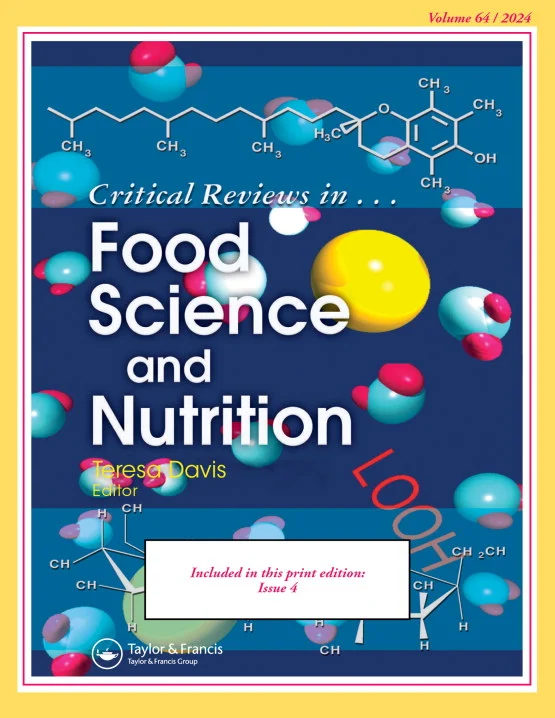Electromagnetic wave-based technology for ready-to-eat foods preservation: a review of applications, challenges and prospects.
IF 7.3
1区 农林科学
Q1 FOOD SCIENCE & TECHNOLOGY
Critical reviews in food science and nutrition
Pub Date : 2024-09-13
DOI:10.1080/10408398.2024.2399294
引用次数: 0
Abstract
In recent years, the ready-to-eat foods market has grown significantly due to its high nutritional value and convenience. However, these foods are also at risk of microbial contamination, which poses food safety hazards. Additionally, traditional high-temperature sterilization methods can cause food safety and nutritional health problems such as protein denaturation and lipid oxidation. Therefore, exploring and developing effective sterilization technologies is imperative to ensure food safety and nutritional properties, and protect consumers from potential foodborne diseases. This paper focuses on electromagnetic wave-based pasteurization technologies, including thermal processing technologies such as microwave, radio frequency, and infrared, as well as non-thermal processing technologies like ultraviolet, irradiation, pulsed light, and photodynamic inactivation. Furthermore, it also reviews the antibacterial mechanisms, advantages, disadvantages, and recent applications of these technologies in ready-to-eat foods, and summarizes their limitations and prospects. By comparing the limitations of traditional high-temperature sterilization methods, this paper highlights the significant advantages of these pasteurization techniques in effectively inhibiting microbial growth, slowing lipid oxidation, and preserving food nutrition and flavor. This review may contribute to the industrial application and process optimization of these pasteurization technologies, providing an optimal choice for preserving various types of ready-to-eat foods.基于电磁波的即食食品保鲜技术:应用、挑战和前景综述。
近年来,即食食品市场因其营养价值高和方便快捷而大幅增长。然而,这些食品也存在微生物污染的风险,给食品安全带来隐患。此外,传统的高温杀菌方法会导致蛋白质变性和脂质氧化等食品安全和营养健康问题。因此,探索和开发有效的杀菌技术势在必行,以确保食品安全和营养特性,保护消费者免受潜在食源性疾病的侵害。本文重点介绍基于电磁波的巴氏杀菌技术,包括微波、射频和红外线等热处理技术,以及紫外线、辐照、脉冲光和光动力灭活等非热处理技术。此外,报告还回顾了这些技术的抗菌机制、优缺点以及近期在即食食品中的应用,并总结了其局限性和前景。通过比较传统高温杀菌方法的局限性,本文强调了这些巴氏杀菌技术在有效抑制微生物生长、减缓脂质氧化、保存食品营养和风味方面的显著优势。这篇综述可能有助于这些巴氏杀菌技术的工业应用和工艺优化,为保存各类即食食品提供最佳选择。
本文章由计算机程序翻译,如有差异,请以英文原文为准。
求助全文
约1分钟内获得全文
求助全文
来源期刊
CiteScore
22.60
自引率
4.90%
发文量
600
审稿时长
7.5 months
期刊介绍:
Critical Reviews in Food Science and Nutrition serves as an authoritative outlet for critical perspectives on contemporary technology, food science, and human nutrition.
With a specific focus on issues of national significance, particularly for food scientists, nutritionists, and health professionals, the journal delves into nutrition, functional foods, food safety, and food science and technology. Research areas span diverse topics such as diet and disease, antioxidants, allergenicity, microbiological concerns, flavor chemistry, nutrient roles and bioavailability, pesticides, toxic chemicals and regulation, risk assessment, food safety, and emerging food products, ingredients, and technologies.

 求助内容:
求助内容: 应助结果提醒方式:
应助结果提醒方式:


